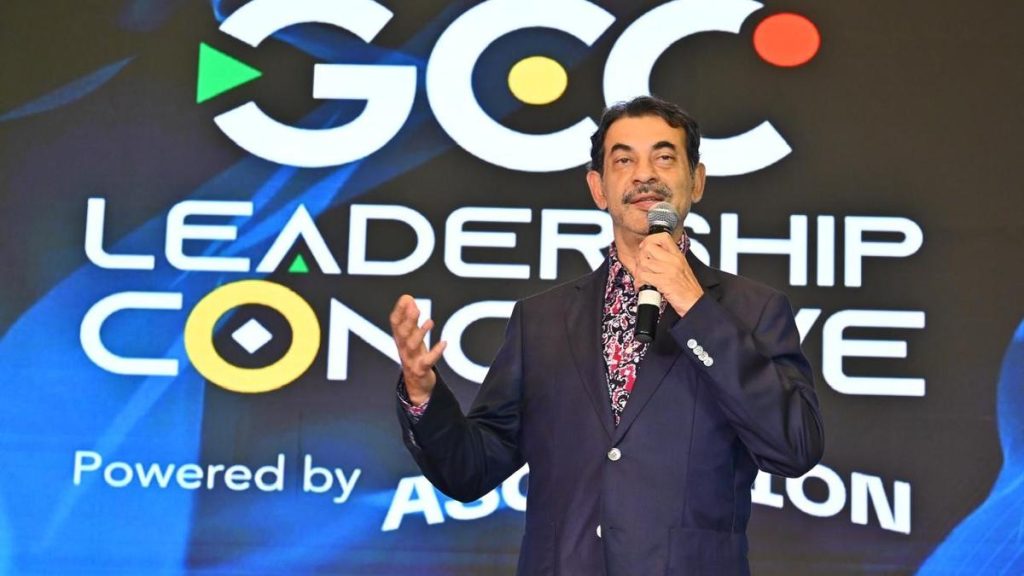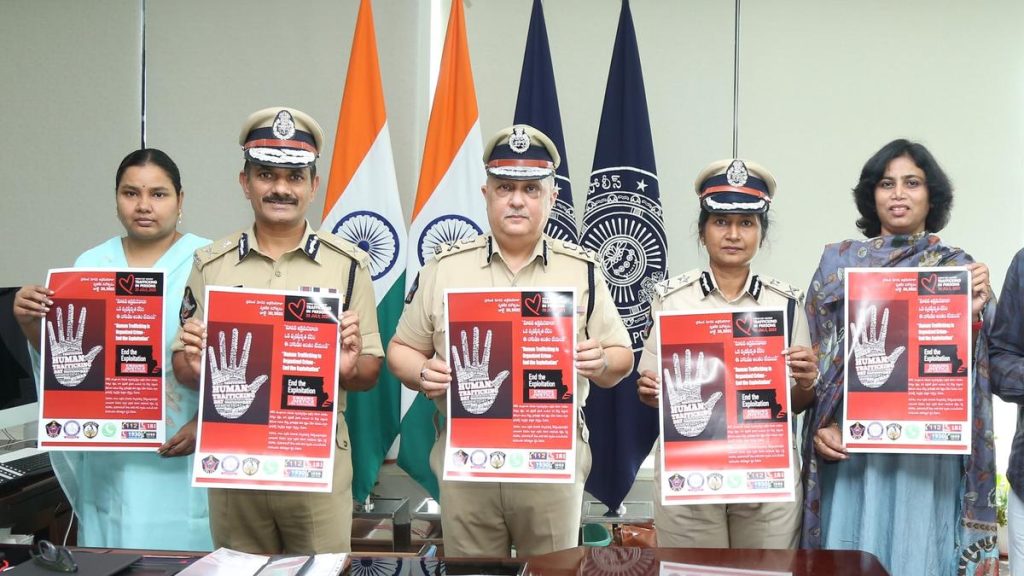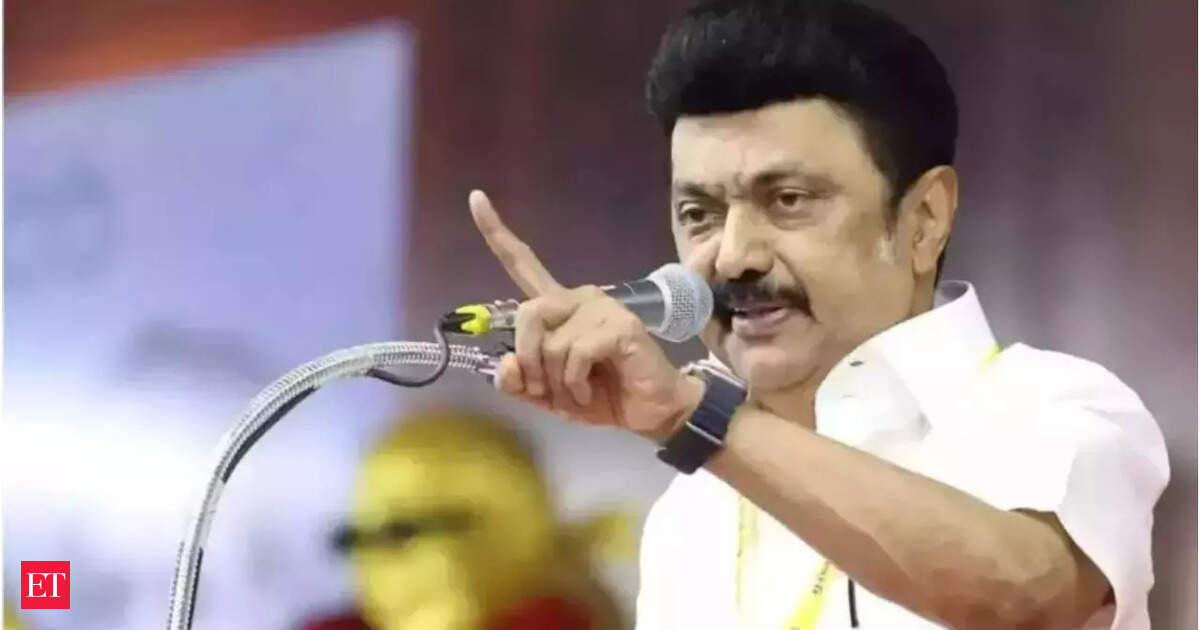Now Reading: Climate Change Tops Political Priorities for Women in India
-
01
Climate Change Tops Political Priorities for Women in India
Climate Change Tops Political Priorities for Women in India

Rapid Summary
- Report Findings: A new report from teh Environmental Voter Project (EVP) shows that 62% of climate-focused voters are women, compared to 37% men, across 21 states. The gender gap is most important among young people and voters of color.
- Gender Gap Trends: The gap fluctuated over recent years – shrinking between 2019 and 2022 but rising again sharply in 2024 and growing to a difference of 25 percentage points in 2025.
- Demographics Impacted:
– Among Black women versus men, ther’s a climate-voter disparity of 35%.
– Indigenous women show a similar high gap at 29%.
– Women aged between ages of 25-45 and over age 65 constitute nearly half the identified climate voters.
- social Context: Factors such as poverty, caregiving roles, health concerns like asthma among children, and disproportionate vulnerability to climate risks among women were cited as potential contributors to the gender divide.
- Expert Opinions:
– Nathaniel Stinnett suggests embracing “women’s wisdom” for leadership on climate issues.
– Advocacy efforts like those from NextGen America emphasize educating young men about family-centric impacts of environmental challenges.
Indian Opinion Analysis
The EVP report highlights significant disparities in how different demographic groups prioritize environmental issues-most notably along gender lines. Such insights have potential wider implications for India given its own vulnerabilities to climate change and socio-economic structures where women frequently enough experience compounded effects due to poverty or inequitable access to resources.
For policymakers within India, adapting lessons from global trends could help frame environment-centric public campaigns with considerations toward diverse voter profiles. Understanding why certain groups prioritize other non-environmental concerns-like healthcare or economic survival-as seen globally might aid in broadening engagement strategies domestically.Furthermore, ensuring equitable representation by promoting female leadership in India’s advocacy circles could align with emerging patterns elsewhere.
While grounded research connecting personal life dynamics (e.g., parenthood) offers meaningful perspectives internationally-it translates well culturally when analyzing motivations driving Indian communities toward addressing environmental crises collectively with strong unified coalitions.
























